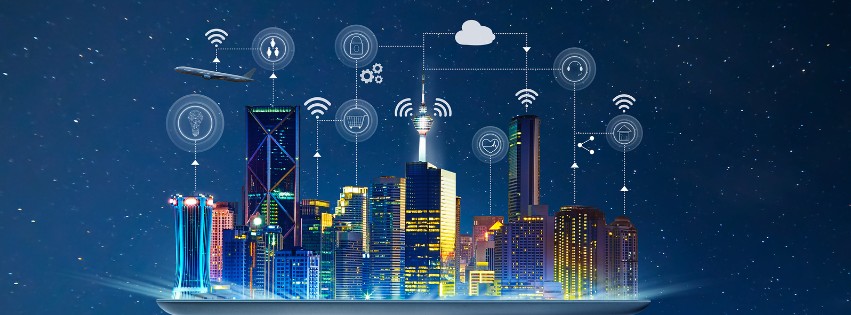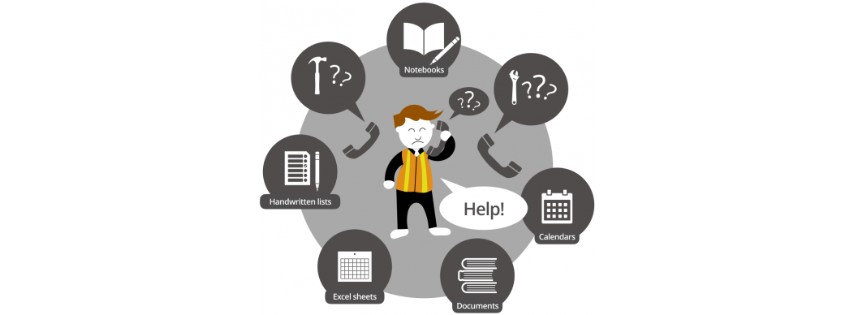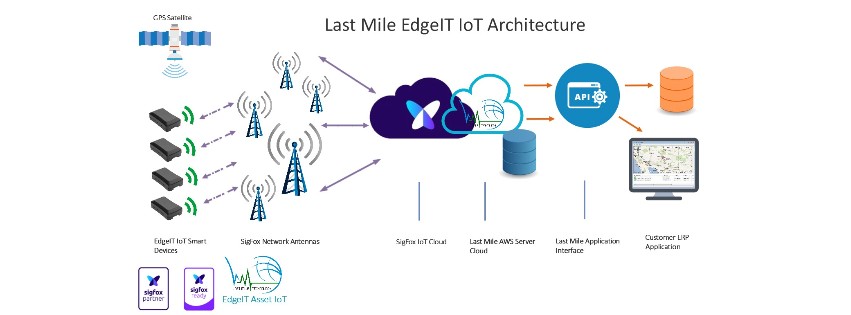
Asset tracking applications using the Internet of Things (IoT) technology is an area businesses can immediately reap the benefits of lower cost and higher efficiency. A recent report by Mobile Experts indicates the asset tracking IoT device market will triple by 2022. IBM Research lists asset tracking as a top five use case for industrial IoT.
Asset Management Solutions
Asset management or asset tracking is the process of monitoring company physical assets and information. To various businesses, physical assets can mean various kinds of equipment, IT devices, tools, furniture or vehicles.
To fully understand the advantages IoT brings to the asset management process, we first need to understand how most companies currently manage business assets as well as the information companies are able to track without IoT.

Legacy systems
The way many companies manage assets is to use older standalone systems, like handwritten lists or spreadsheets to track asset information. Although these standalone, employee managed systems are usually inefficient and vulnerable to errors, they are better than no system at all. Manual recording methods are cumbersome for asset managers responsible for keeping the records up-to-date and reporting an assets location. These systems are often times chaotic and inefficient.
Asset Management Software
Many companies use dedicated asset management solutions to help make operations run smoothly with employee access to update asset information. This solution is usually implemented with company assets being tagged with various asset tag technology like barcodes, QR codes, and NFC tags, then managed by dedicated asset management software. The asset tags are scanned with mobile devices and act as links between the physical items and the information in a company database.
Dedicated asset management solutions provide companies with important asset-related information like; where an asset is, who is using it, the asset condition, maintenance schedule, and user manual. All asset information can be viewed and updated with a mobile device or mobile application. Better quality asset management solutions will allow notifications to be sent about asset changes, status or expiration dates. Most dedicated asset management solutions provide an improvement in user efficiency compared to manual systems.
IoT-enabled Asset Management: Automation and Decision Intelligence
IoT-enabled asset management solutions add automation and intelligence benefits to asset management systems. IoT-enabled asset management solutions use IoT sensors that allow companies to actively track specific information about the asset and require no human interaction. IoT sensor devices can be attached to company assets to compliment more conventional asset tags, like a QR code tag or independently.
There are a lot of sensor choices available to be utilized for unique asset use cases; such as acceleration, temperature, humidity, pressure, and location. IoT device enabled sensors attached to assets to gather data, then send the date with wireless communication to an internet cloud platform. Various configurations all data to be sent based on time intervals or predetermined sensor events. The solution settings depend on the device technology, use case and the wireless communication network the data uses for transmission. The IoT device sensor data is stored, analyzed, transformed into decision insights about the asset usage, location, environment, and condition.

Use Cases for IoT-enabled Asset Management
IoT-enabled asset management solutions can provide companies with real-time notifications, event alerts, predictive analytics, automatic IoT sensor reports, and decision data insights. Below are common examples where IoT-enabled asset management solutions are being deployed:- Locations: Automatic location data, asset tracking and geofence solutions utilizing GPS trackers and WiFi Positioning Systems.
- Device Alerts: Automatic reports for hours of use and IoT sensor data notifications when threshold values are achieved by monitored data for acceleration, temperature, pressure, or humidity.
- Warehouse inventory: Automatic warehouse inventory without separate physical inventory events like IoT devices enabled with Bluetooth BLE beacons.
- Material flows: Automatic tracking and reporting of material flows with RFID, Bluetooth or Passive Radio Frequency tags.
The small size, low cost, long battery life, along with the IoT sensor device lifecycle means new use cases for IoT-enabled asset management are no longer limited to just tracking expensive or heavy equipment like vehicles and shipping containers. The new LPWA radio frequency technology like SigFox IOT Network and AT&T NB1 Networks now allow business to track smaller and less expensive equipment.
The future of IoT enabled devices for tracking and monitoring assets is here today, with Last Mile Technology.